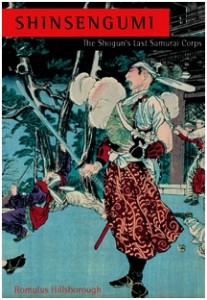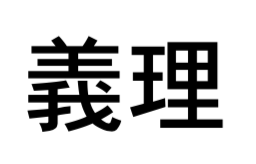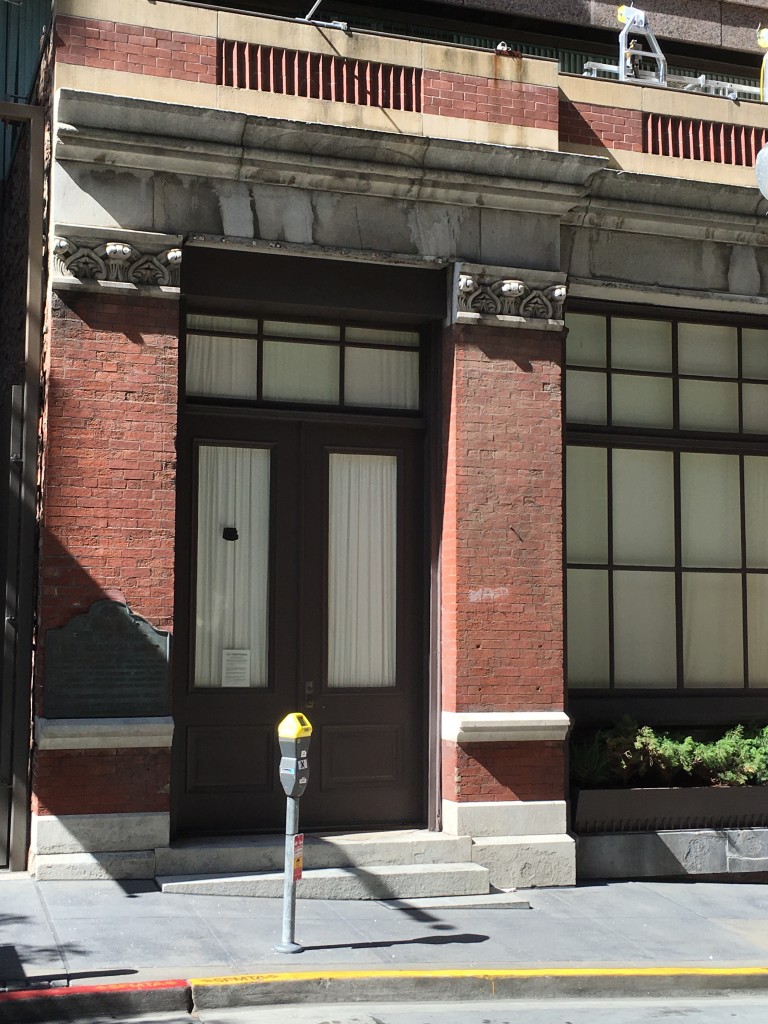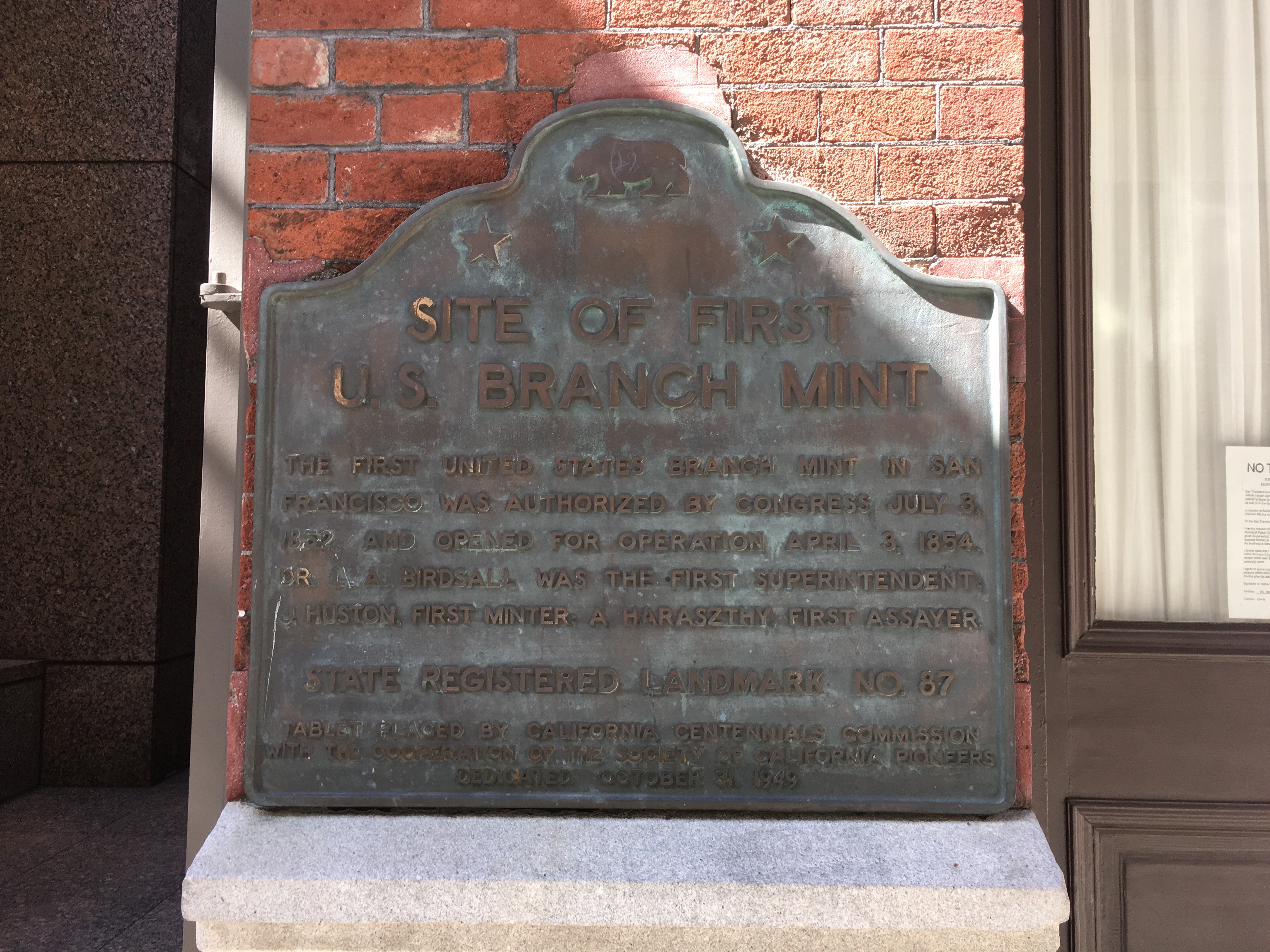“California governor Brown endorses Clinton.” This headline today from CNN is a sore disappointment from an otherwise admirable politician.
I grew up in a suburb of Los Angeles in the 1960s and 70s. One of the dads on our block was Bob Moretti, speaker of the California State Assembly, the second most powerful politician in the state. Mr. Moretti, as we called him, was a great athlete (I think he said he had played football for Notre Dame). He loved to play in pick-up baseball, football and basketball games with us kids on the block. As such, he was our good friend. In 1974 he ran in the Democratic primary for governor, when he was defeated by Jerry Brown. On the night of the election, I remember seeing Moretti and Brown speaking to each other alone, seated on the curb in front of Moretti’s house, a scene that is etched in my mind forever. Bob Moretti passed away in 1984.
Jerry Brown of course became governor of California. And he admirably refused to live in the governor’s mansion. “When he became governor the first time, in the 1970s, Brown lived in a small apartment near the Capitol, sleeping on a mattress on the floor. When he wasn’t walking to work, he rode in a blue Plymouth rather than the standard limousine.” (Los Angeles Times, Oct. 16, 2015)
Fast–forward around 25 or 30 years when I saw former Governor Brown, then mayor of Oakland, California, at a reception held at the residence of the Japanese consul general in San Francisco, a mansion in the exclusive Pacific Heights neighborhood. I couldn’t resist walking up and introducing myself to the mayor, because I thought we had some common ground: I mentioned that I had seen him and Moretti sitting on the curb down the block from my house all those years ago. But more importantly, I had always admired him for his down-to-earth ways.

Yesterday I attended Bernie Sanders’ rally in Oakland. One of the highlights of his speech for me was his mention of the price of his suit, about $99, he said. Bernie has famously rejected super packs. Nor does he hold fund-raisers that cost thousands of dollars to attend. Not so Clinton, as is well publicized. On the same day that Gov. Brown announced his endorsement of Clinton, the Boston Herald reported, “Hillary Clinton will tap big-name celebrities to finance a critical last push to knock progressive stalwart Bernie Sanders out of the Democratic primary, including an appearance tonight with rock star Jon Bon Jovi at a Seaport fundraiser.” At the Sanders rally in Oakland yesterday, I saw a young woman holding up a signboard: “Unf*uck the country: Feel the BERN.”
Governor Brown, how could you endorse Clinton over Sanders?







